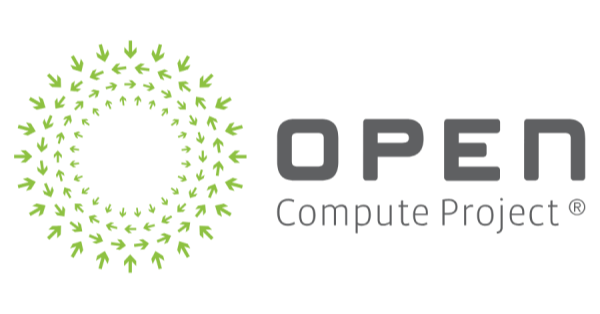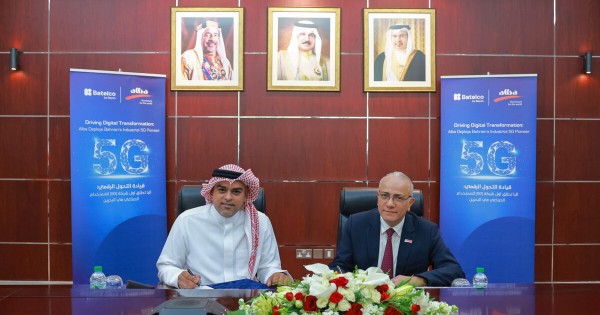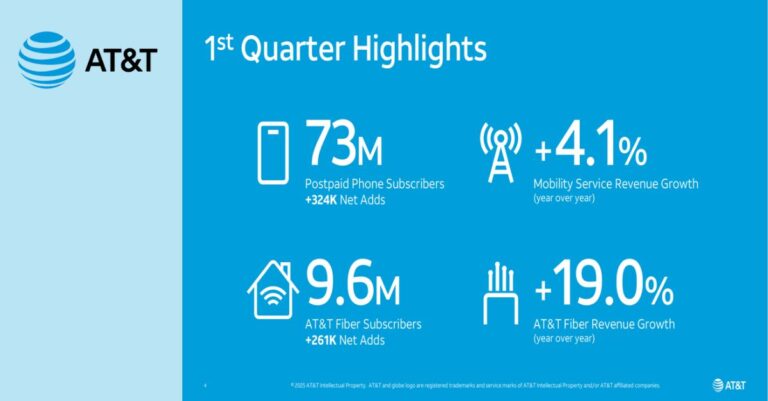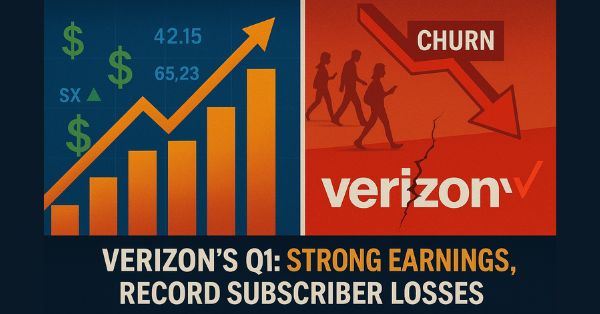T-Mobile has partnered with Prisms of Reality (Prisms VR) to link virtual reality (VR) headsets effortlessly to the Un-carrier’s top-tier 5G network, providing students and educators nationwide with engaging math and science lessons aimed at bridging the STEM opportunity gap.
Fast connectivity in traditionally underserved areas is crucial for granting students access to cutting-edge technologies like VR. Over 19 million people in the United States have limited internet access, creating a barrier for students to engage in new educational experiences.
This collaboration is designed to benefit anyone interested in equipping students with innovative learning opportunities.
T-Mobile revealed its collaboration with Prisms VR, a revolutionary math education learning platform, and Lenawee Intermediary School District (LISD) to implement Prisms VR’s learning programs on Meta Quest 2 VR headsets, connected to T-Mobile 5G across 11 rural Michigan school districts. The partnership offers fresh learning opportunities to thousands of students who may have missed out due to the weak and inconsistent network connections common in rural regions. It also allows schools nationwide to seamlessly connect millions of students to the latest technologies using 5G.
Prisms VR, a T-Mobile Accelerator alumnus, helps students develop lasting proficiencies in key middle school math and science topics while solving real-world problems. Since its 2022 launch, LISD has reported enhanced student engagement and retention, with 80% of program participants indicating a better understanding of concepts and higher grades.
Following Prisms VR’s 2021 graduation from the T-Mobile Accelerator program, the Un-carrier has supported the company in quickly scaling its solutions, including awarding $425,000 in funding for VR headsets distributed to 20 schools. Although the LISD program marks the first instance of headsets being shared across such an extensive area, Prisms VR is already active in 28 states and frequently utilizes T-Mobile 5G in schools requiring the additional network capabilities provided by the country’s largest, fastest, and most awarded 5G network.
John Saw, EVP of Advanced & Emerging Technologies at T-Mobile, said their collaboration with Prisms VR exemplifies their goal of bringing 5G innovation to all. The 5G network enables students to connect with the world around them in unprecedented ways.
Prisms VR, available to schools throughout the U.S., relies on a robust and dependable network connection to run its programs. While some schools can access strong Wi-Fi networks, many operate on outdated systems with inconsistent reliability. This is where T-Mobile 5G comes into play.
Anurupa Ganguly, CEO and Founder of Prisms VR, emphasized the importance of making math relevant and connected to the world students want to live in. VR, powered by T-Mobile 5G, allows for democratizing access to immersive experiences, enabling students to connect abstract math models and equations to compelling real-life problems.
Ann Smart, Educational Technology Consultant at Lenawee Intermediary School District, noted that unreliable network connections often hinder the implementation of new technologies like Prisms VR. T-Mobile 5G, paired with Prisms VR’s learning programs, has been easily adopted by over 15 rural Michigan schools, with positive feedback from students and teachers.
As the leader in 5G, T-Mobile’s extensive, fast, and highly awarded 5G network covers over 98% of Americans across 1.9 million square miles, making it ideal for supporting students nationwide with new educational opportunities. T-Mobile also strives to connect millions of eligible students in underserved areas through Project 10 Million, an initiative dedicated to closing the digital divide in education by providing free wireless hotspots and connectivity.



























